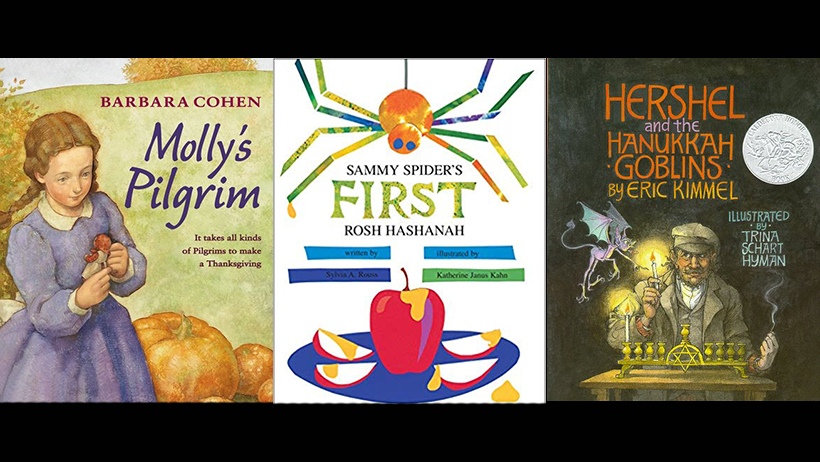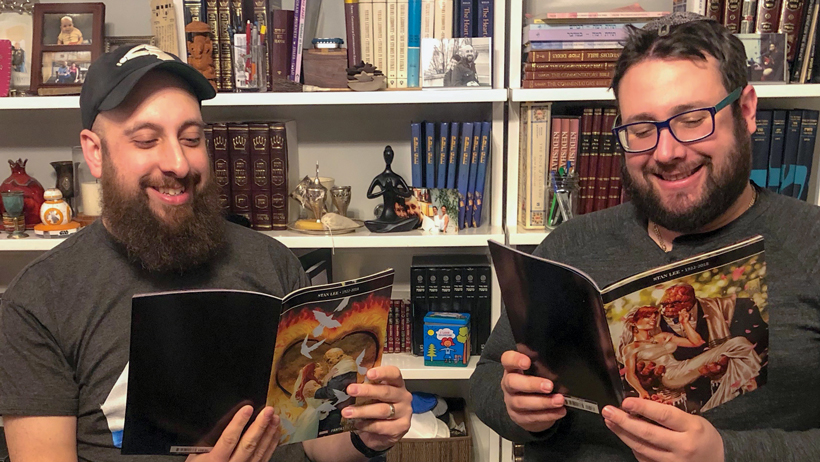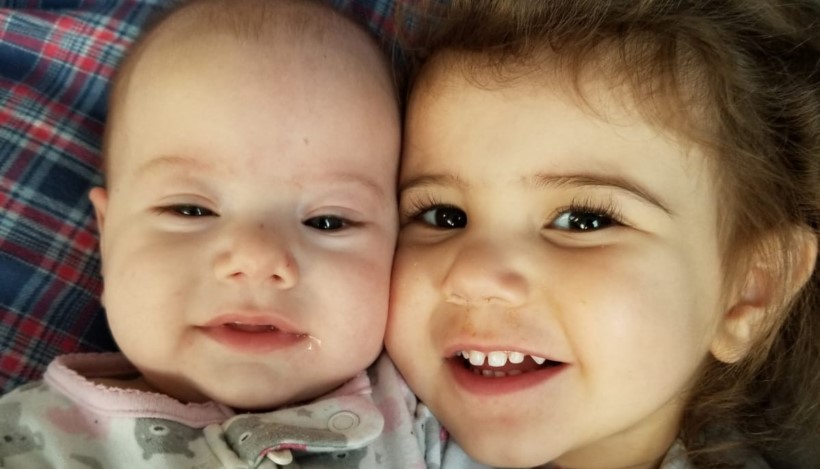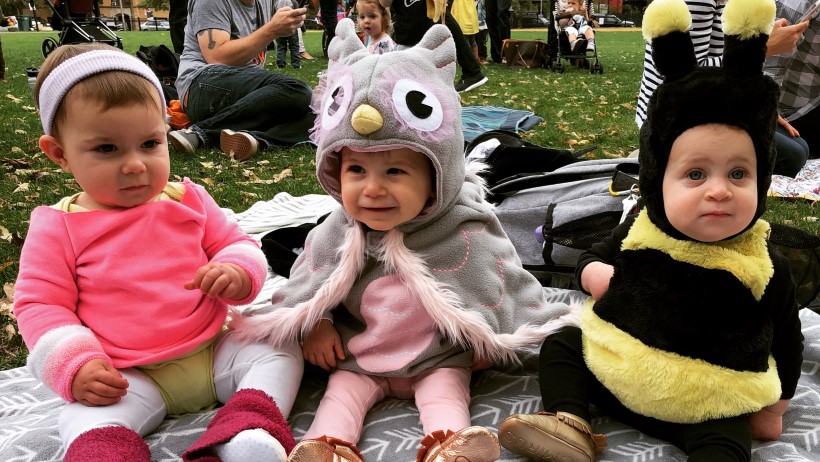Millennials are blamed for "killing" many things, but it turns out, they like paper books . To make sure even the next generation continues this Jewish tradition -- we are the People of the Book, after all -- here are some perennial classics from the 1960s to 2000s, a.k.a. "The PJ Library Era" (this awesome Jewish children's-book-of-the-month club was launched in 2005).
Great Jewish children's books are released every year. But sometimes it's great to revisit some old friends.
Zlateh the Goat and Other Stories by Isaac Bashevis Singer and Maurice Sendak (1966)
Singer is the only Nobel Prize winner on this list, and why don't more of them write for kids? C'mon, Alice Munro! Anyway, this is a series of shtetl stories from the Yentl writer. Sendak's other Jewish works are great, too, especially Brundibar (see below) and his take on Peter and the Wolf called Pinchas and the Pig (the animals are portrayed by klezmer instruments, of course.)
The Carp in the Bathtub by Barbara Cohen (1972)
To its credit, PJ Library did send this one out recently in honor of its 45th anniversary. It's about an even earlier time, when to make sure a fresh fish was used for gefilt-ing, you'd bring a live one home and plop it in the bathtub until you were, um, ready for it. The book is good for teaching kids about the good old days … and for turning them into vegetarians.
It Could Always Be Worse by Margot Zemach (1976)
One favorite method for writing Jewish children's books is to retell an old joke but package it as a folktale from the shtetl days or set it in New York in the mid-20th Century. This time, it works -- this was my favorite Jewish children's book as a kid, and I was very happy to have PJ Library send it to my house. See, this poor guy's home is too crowded with family. The rabbi tells him to put his animals inside, too ("Now it's more crowded!") then take them back out ("It's so roomy and quiet now!"). It teaches relativity and also to never have a cow for a house pet.
Molly's Pilgrim by Barbara Cohen (1983)
Yes, Cohen again. This one, also distributed by PJ Library, was made into a half-hour film. A Jewish immigrant child struggles to fit in with her American classmates, and is even bullied for her accent and appearance. Thanksgiving brings everything to a head -- she has to create a Pilgrim doll for class. Her doll is less The Crucible and more Fiddler , though, which at first makes things worse, until a classmate realizes that Molly is, "A new kind of pilgrim. She came here for the same reason."
Herschel and the Hanukkah Goblins by Eric A. Kimmel , Trina Schart Hyman (1989)
I was a teenager when this came out, so I did not grow up with it, but they have made it into a musical and everything. This is a familiar story -- a man uses cleverness to outwit a physically overwhelming foe, in this case, a series of increasingly powerful goblins. The story is intense, and the goblins drawn very creepily. So while it was passed around by PJ Library, this is not best for kids who get nightmares, at least not at PJ time.
Toby Belfer Never Had a Christmas Tree by Gloria Teles Pushker and Judith Hierstein (1991)
The title pretty much says it; it's similar to Molly's Pilgrim . Toby lives in a rural area and her friends are befuddled at her non-celebration of the holiday everyone celebrates. So Toby does some very Jewish things in response -- she invites her friends into her home, she teaches them, and she feeds them. In the sequels, Toby hosts a seder, celebrates Rosh Hashanah, attends a bar mitzvah, etc.
Sammy the Spider series by Sylvia Rouss and Katherine Janus Kahn (1993)
There are now some 20 books in this series, whose illustrations are as colorful as Eric Carle's. In each, Sammy hangs out on the ceiling with his mom, watching the Jewish family whose house he guards celebrate a Jewish holiday, learn about Israel, etc. Along the way, he learns colors, numbers, sizes, and other useful information. PJ has sent out a dozen in the series.
Brundibar by Tony Kushner and Maurice Sendak (2003)
This tale began life as a 1938 children's opera by Jewish Czech composers. It was written for World War II orphans, but they didn't get to perform it until they were all in the Terezin concentration camp. In 2003, Pulitzer winner Tony Kushner turned it into a book, and Sendak drew the pictures. The story is about orphans who sing in the market square to raise money for their sick mother. When the evil organ grinder Brundibar ( cough -Hitler- cough ) drives them away, a bird, dog and cat rally the town's children and drive him off. If only.
The Shabbat Angels by Maxine Segal Handelman and Joanie Keller Rothenberg (2003)
The Erev Shabbat song "Shalom Aleichem" is sung to two angels, and this is their story. Every week, they visit Jewish homes on Friday night. If they see the family ready for Shabbat, the happy angel blesses them to always be this way. But if the grumpy angel sees otherwise … uh-oh. And then that happens! How does the family reset the pattern of happy Shabbats? Does it involve kugel? (Spoiler: Kugel solves most problems.)
Golem by David Wisniewski (2007)
This book won the Caldecott, which goes to the best-illustrated kid book of the year. And it also has some very intense, shadowy images at that. It tells the story that inspired everyone from Mary Shelley (who wrote Frankenstein ) and after, of a monstrous automaton meant to save people but who grows too powerful for his master. Yes, the book is new-ish, but the story is from the late 1500s.




.jpg)





.jpg)



